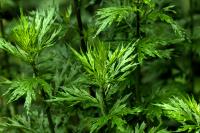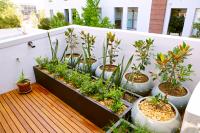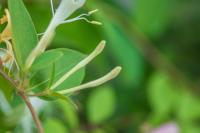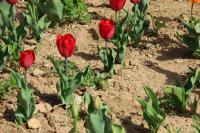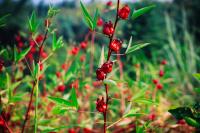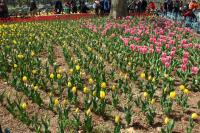1、 Characteristics
1. Appearance features: Aesculus is a deciduous tree with a height of up to 25 meters. The bark color is dark brown or grayish brown. The branches are twigs, cylindrical, yellowish brown or grayish brown in color, and yellow light yellow lenticels. The leaves are palmately compound leaves, composed of 5-7 leaflets, with petioles 10-12 cm long and gray puberulent. The fruit is spherical or obovate, blunt and round at the top and slightly concave in the middle, yellowish brown. The flowering period is from April to May and the fruiting period is in October.

2. Growth habits: Aesculus has strong germination ability and medium growth rate. It likes light and is slightly resistant to shade. It is suitable for growing in a warm environment, but it can also be resistant to cold. It grows better in deep, fertile, moist and well drained soil. China's Yellow River Basin and eastern provinces are cultivated, and wild Aesculus only exists in Qinling Mountains.

2、 Cause
Aesculus is named for its palm like leaves and more than seven leaves. It is also known as Saha tree. It will bloom in early summer. Its flowers are like towers and candlesticks. Every time the flowers bloom, the palm like leaves hold up the pagoda, like a candlestick. It has towering trunk, beautiful tree shape, large and beautiful flowers and peculiar fruit shape. It has high ornamental value. It is one of the famous ornamental tree species. It can be used as greening tree species for sidewalks, parks and squares. It is an excellent roadside tree and garden ornamental plant. At the same time, Aesculus has high economic value and can be used in food, medicine, wood and so on. For example, bark and roots can make soap, leaves and flowers can make dyes, and seeds can extract starch, extract oil and eat. Wood can be used for papermaking, carving, making furniture and handicrafts.


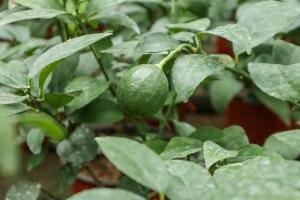 The efficacy and fun...
The efficacy and fun...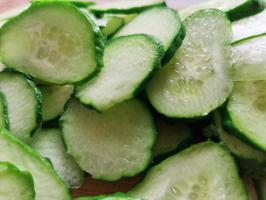 The efficacy and fun...
The efficacy and fun...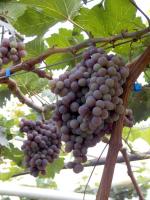 The benefits of eati...
The benefits of eati...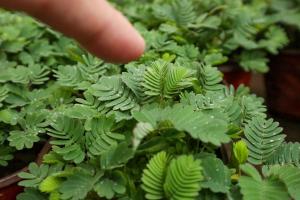 Why is Mimosa called...
Why is Mimosa called...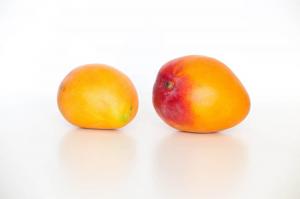 What can't mango be ...
What can't mango be ...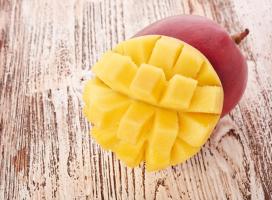 The efficacy and fun...
The efficacy and fun...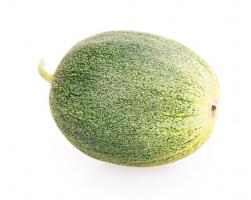 Is watermelon a frui...
Is watermelon a frui...
























